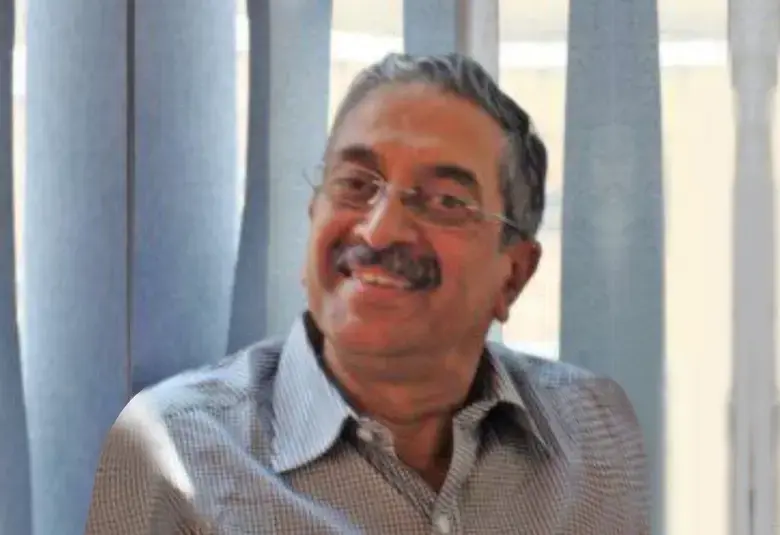Suicide is a global health issue that may, in many cases, be prevented. In a study of people who died by suicide, almost half had visited a healthcare facility in the 4 weeks prior to their death, though only 24% had a visit related to a mental health diagnosis.1 Spotting the signs of suicidality means that healthcare practitioners can start a conversation with the individual at risk and begin taking action to help them.
Spotting the signs
A person dies by suicide every 40 seconds2
Although the signs of suicidality are complex and diverse, there are key underlying themes. The mindset of people with suicidal ideation can be characterised by ambivalence (mixed feelings about suicide), rigidity (constantly thinking about suicide), and impulsivity.3 Such individuals may adopt unhelpful thought patterns, in which suicide appears to be the only viable option. People who feel suicidal are often vocal about their intentions, stating that they feel useless or hopeless, or that they see “no point in living”.3
Other suicide warning signs may include:3,4
· Changes in personality – withdrawal, anxiety, irritability
· Negative feelings – worthlessness, hopelessness, shame
· Absolutist language – “always”, “constantly”, “nothing”
Communication is keyMost people at risk are vocal about their suicidal thoughts3
The initial contact with a healthcare practitioner is crucial to ensure that the person with suicidal ideation feels heard and accepted. If possible, this conversation should take place in relative privacy.3 It is important to give the individual the time and space they might need to feel more at ease and open up. Communicating effectively with a person who has suicidal thoughts should help to create trust and hope.
What can healthcare practitioners do?3· Listen calmly
· Acknowledge the person’s feelings
· Express that the person’s thoughts are accepted and respected
· Communicate with concern and warmth
· Respond openly and honestly
After a connection has been established, questions can be asked to assess the person’s safety.3 Do they have the means to end their life? Have they made plans to end their life? Do they know when they are planning to do this? Asked with care and concern, these questions can inform subsequent preventative steps, such as removing access to the means of suicide and implementing a support strategy.
The best way to discover suicidal thoughts is to ask the person directly3
Certain populations, such as patients with psychosis, may be less open to a frank discussion on suicidality; however, poor insight into a psychotic disorder has been linked to an increased risk of suicidal behaviour,5 posing an additional challenge in the management of such patients.
Overall, suicidality can be a difficult topic, but healthcare practitioners are ideally placed to notice the signs, initiate conversations, and take necessary actions to save lives.
If you are at risk, please see a list of helplines and crisis centres here.
Our correspondent’s highlights from the symposium are meant as a fair representation of the scientific content presented. The views and opinions expressed on this page do not necessarily reflect those of Lundbeck.




